Why job boards are costing you so much (and how to fix it)
If you’re struggling to hire, it’s not just you.
The days of posting ads on jobs boards and being flooded with applicants are over.
After a year of pandemic-related layoffs and lockdowns, jobseekers are now calling the shots and re-gaining leverage. The Great Resignation is in full swing. 38% of Australian workers plan to look for a new job in the next 12 months, and a further 39% are open to new opportunities.The number of American workers quitting their roles to pursue new opportunities is at its highest rate in two decades. A recent survey shows over a quarter of workers plan to look for a job at a different company once the pandemic has subsided.
And while job openings are soaring, applications haven’t returned to pre-COVID levels.
Read more: Rebuilding your recruitment strategy after COVID-19
According to research from Robert Half, 4 in 5 business leaders say sourcing enough candidates for open roles is their biggest staffing concern.
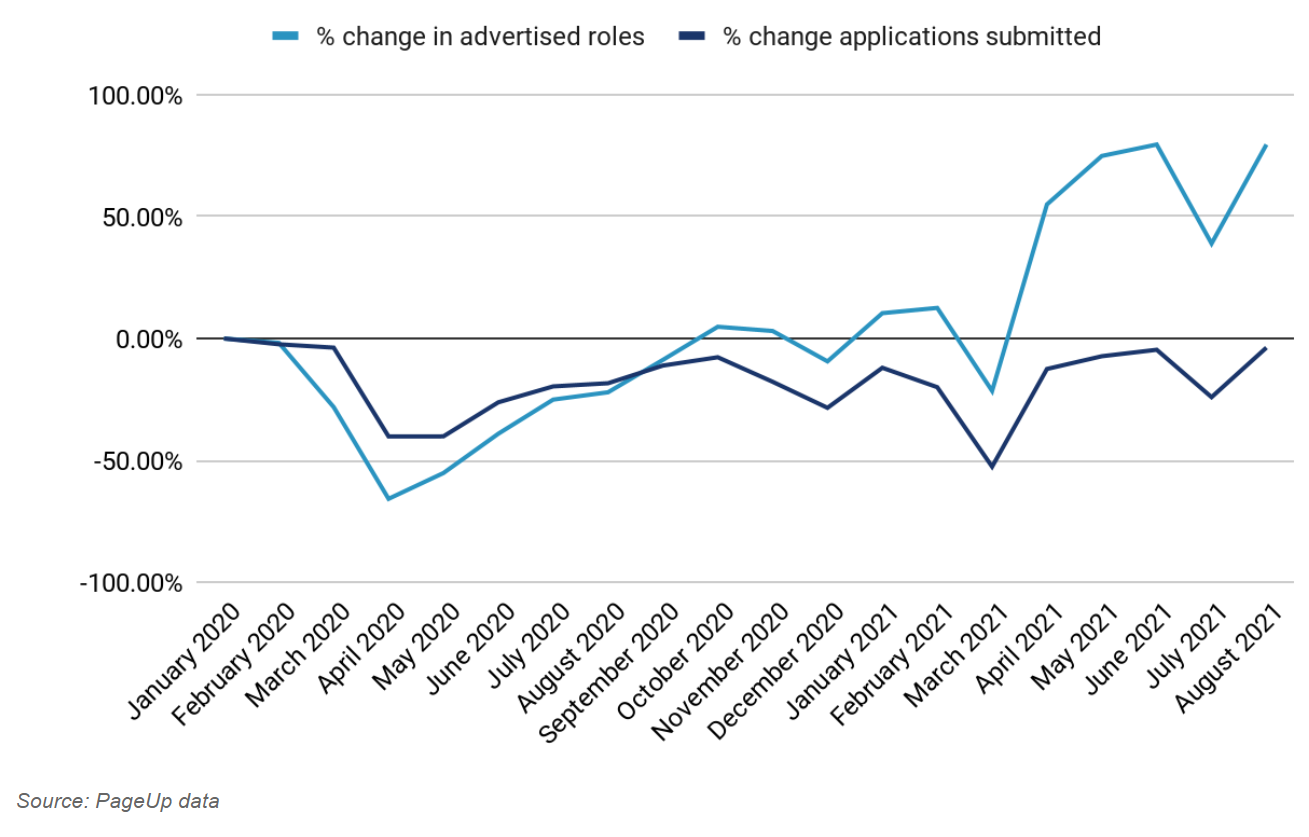
Read more: What the Great Resignation means for recruiters
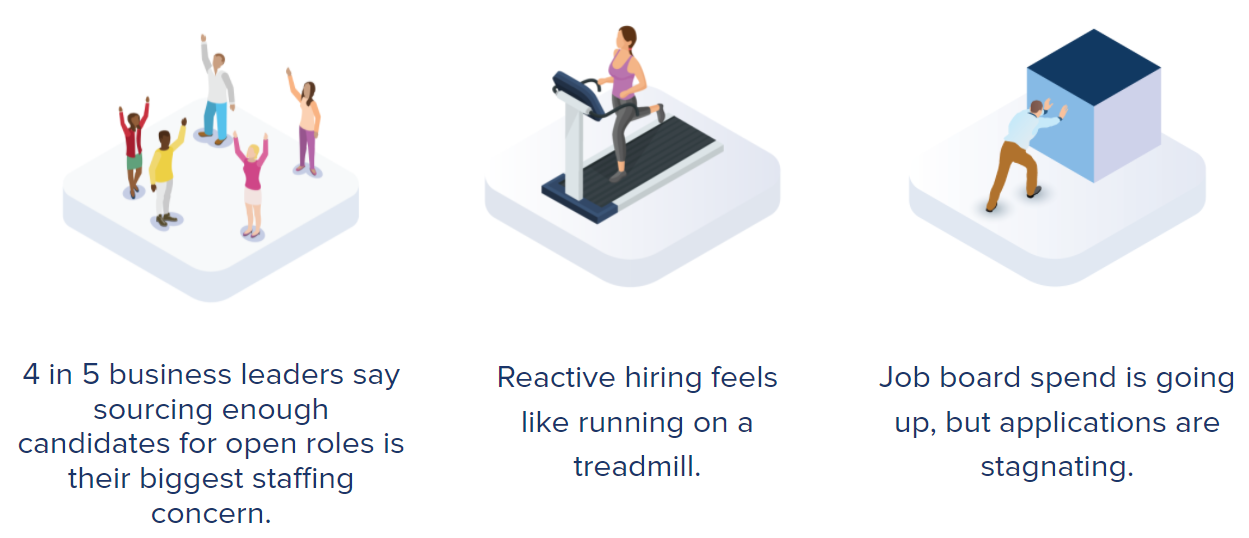
Desperate recruiters are relying on job boards
In response, many organisationsorganizations are turning to job boards to find enough applicants for a role. They’re throwing more money than ever at job boards but they’re not seeing the same return.
Some job boards have increased their fees by more than 300%, but job ad performance has actually decreased since the start of the pandemic, Shortlist reports.
Research from Rally Recruitment Marketing also tells us it now costs 50-60% more to attract a candidate and convert them into a job applicant than before COVID.
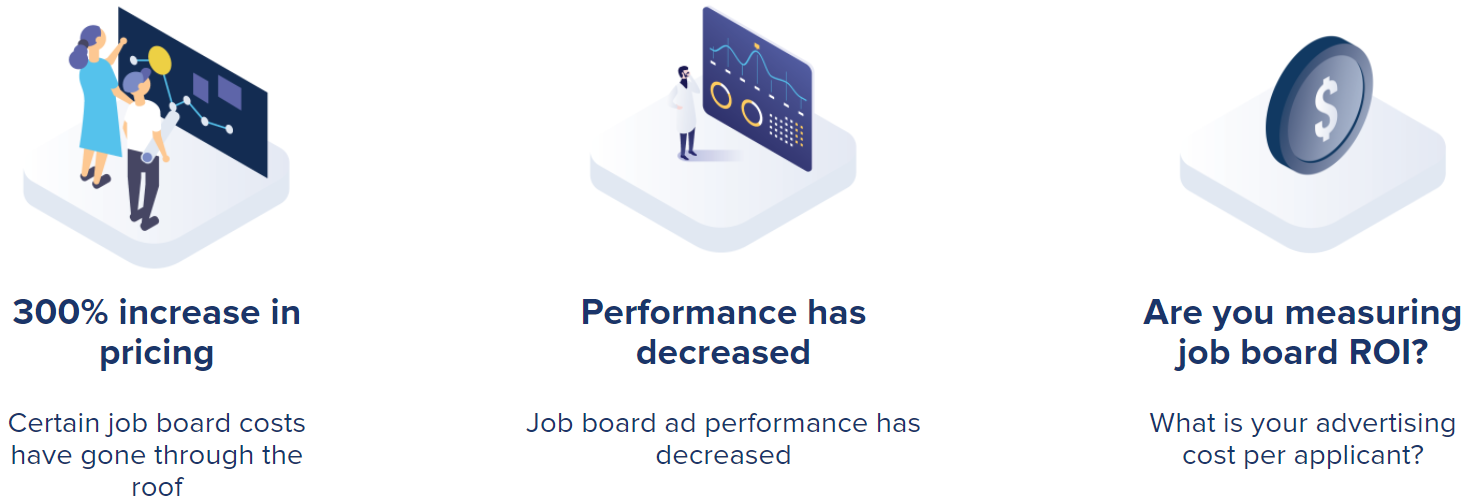
To win the right talent, hiring teams need to be on their A-game. They need to examine what sourcing channels are driving the best applicants and the most hires, and they need to focus their investment on these channels.
Here’s how you can examine your sourcing channel metrics to drive recruiting ROI.
Explore alternative sourcing channels
- Don’t rely on old sourcing strategies
- Reduce reliance on job boards
- Compare the effectiveness of each sourcing channel
In this brave new world of work, your old sourcing strategies may no longer be enough. You cannot assume talent will find you.
Now, we know job boards will always form a part of a solid sourcing strategy. But recruiters who only post to job boards or rely on LinkedIn search are fishing from the same talent pool as every other organisationorganization.
In reality, candidates find you in a whole range of ways.
Talent doesn’t just exist on jobs boards – people find your organisationorganization through Google search, through your careers site, through review sites, word of mouth and social media.
To win the best talent, you need a more creative and strategic approach to sourcing.
Learn more: How leading organisationsorganizations are rebuilding their recruitment strategy
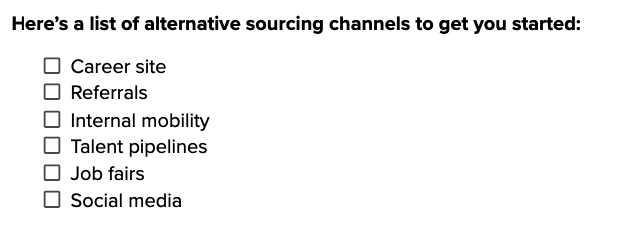
How do job boards compare to other sourcing channels?
Drawing from PageUp customer data, we can clearly see which sourcing channels are proven time and again to be the most effective.
How do channels like your careers site or internal mobility compare to job boards?
Let’s take a look.
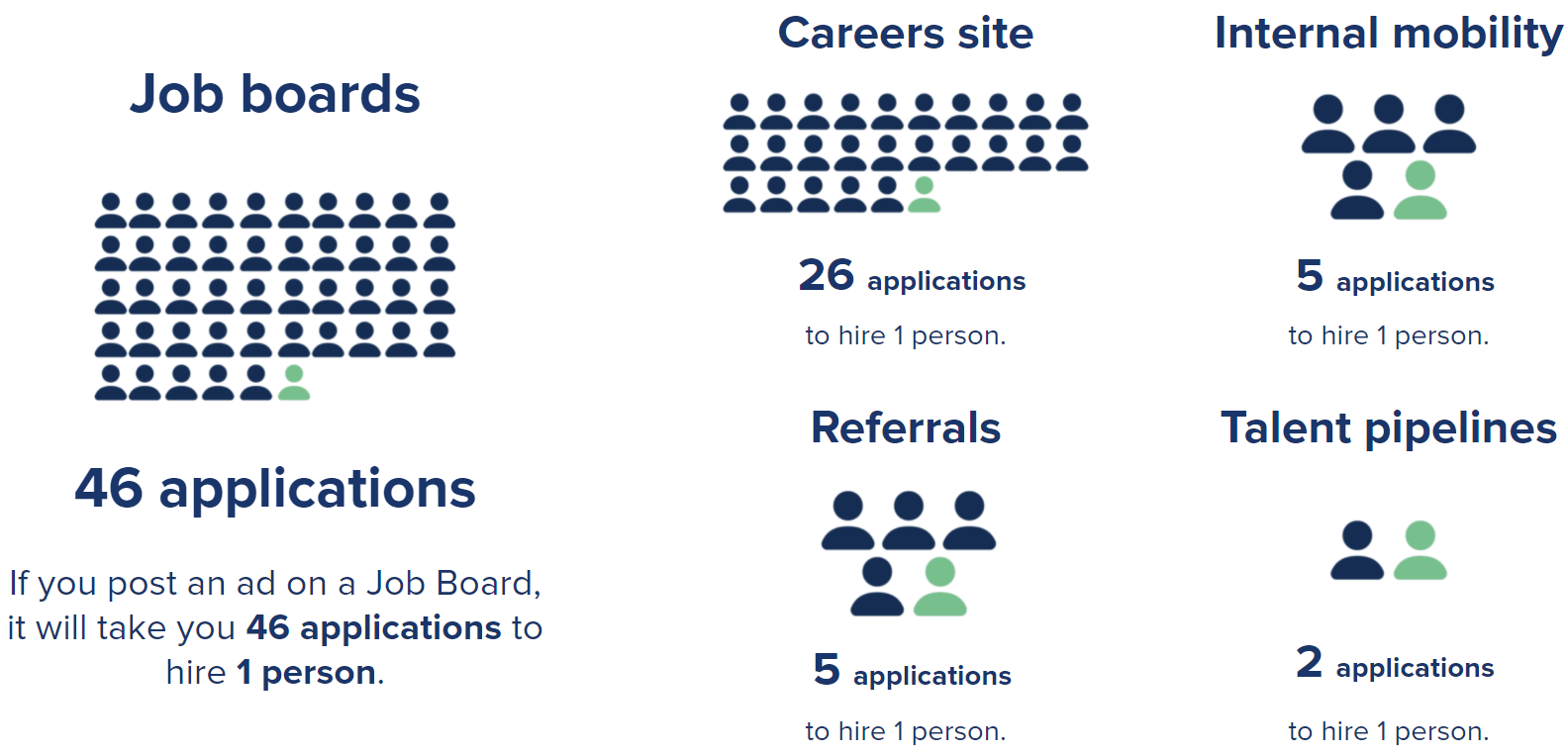
From this research, you can see that job boards are by far the least effective of these sourcing channels.
If you post an advertisement to a job board, it will take you 46 applications to hire 1 person.
Compare that to talent pipelines, where it takes only 2 applications to get a new hire.
For every 5 referral applications you receive, you can expect to get 1 quality hire from this channel.
The same goes for internal mobility: it only takes 5 applications to hire 1 person.
Careers sites are almost twice as effective as job boards in finding new hires. For every 26 applications you receive through your carers site, you can expect to make 1 hire.
Now think about how much it costs to get 1 application from each of these sourcing channels. Are you spending your recruitment budget wisely?
Build a talent pipeline with PageUp and convert 50% more applicants into team members. It starts with a 20-minute discovery call.
Where do your hires come from?
Now, if you were to look at which sourcing channel is giving you the most applicants, you could proudly point and say “Job boards are doing a great job!”
And in a market where simply finding people to apply for roles is a challenge, getting plenty of applications can seem like a hopeful sign.
But more applicants doesn’t equal better quality hires.
More applicants ≠ Better hires
60% of all applications come in through job boards. That’s a big number. By far the biggest source of applicant traffic. So why do only 20% of successful hires come from job boards?
Compare this to your careers site. While only 16% of applications may come in through your careers site, these lead to 9% of your yearly hires. That’s a pretty good ratio.
People that apply through your career site have seen your employer brand and EVP in action. They’ve self-selected in and applied based on this. This makes them a better, more culturally-aligned fit straight off the bat.
One PageUp customer was able to cut its cost per hire from $1,000 down to $300 by driving traffic to its careers site.
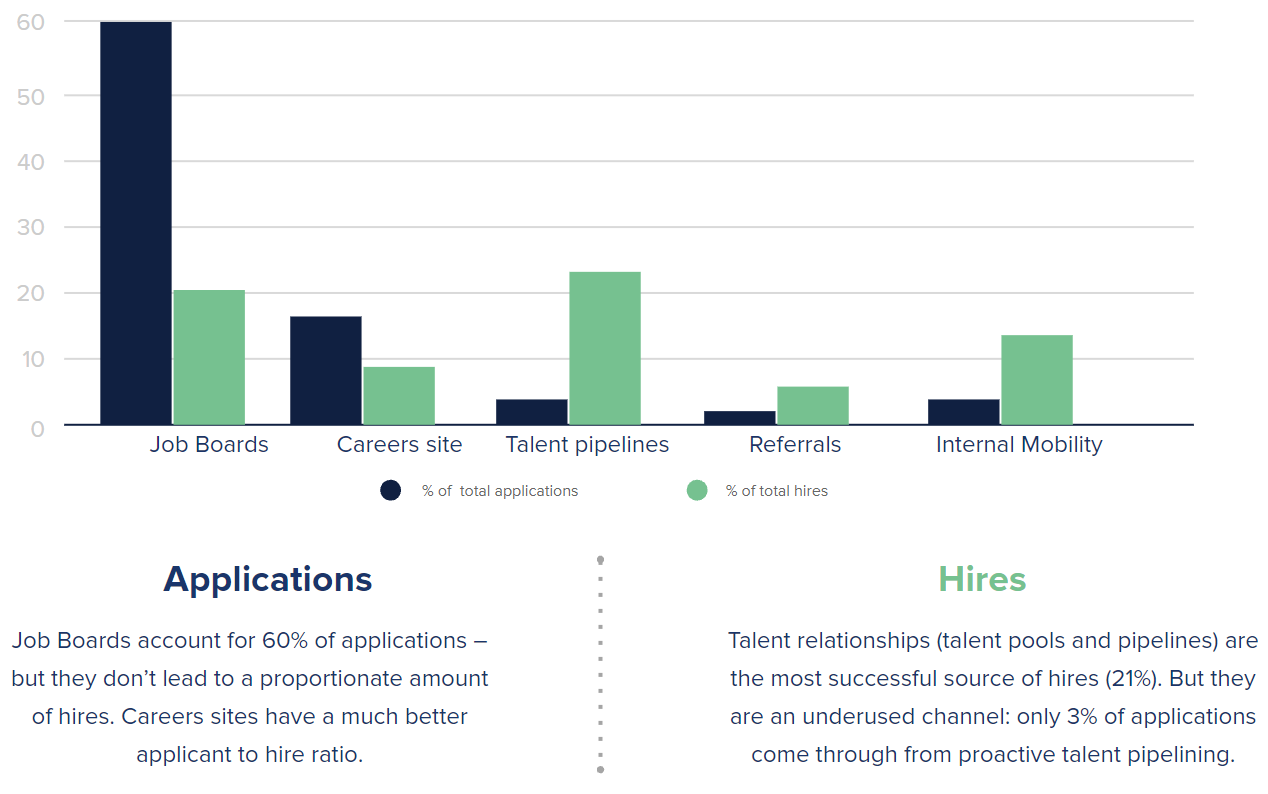
Talent pipelines are far and away the best way to get bang for your buck when hiring. Only 3% of applications come through talent pipelines, but these result in a huge 21% of hires. That’s more hires than job boards.
Learn more: The secret to building talent pipelines? A smart careers website
The fact that only 3% of applications come through talent pipelines shows hiring teams have a lot more work to do in building talent pools, engaging silver medallists, nurturing prospective candidates, and building relationships with quality talent.
But the effectiveness of this channel presents a huge opportunity for TA professionals who are strategic enough to make the most of it.
The same goes for referrals and internal mobility: both are underutilized channels that result in strong hiring numbers.
2% of all applications are from referrals, and these lead to 7% of an organisationorganization’s total hires.
4% of applications come through internal mobility, and these result in a solid 13% of total hires.
The numbers are clear. If you’re struggling to keep your recruitment spend under control, ask yourself where the money is going.
- What is the cost per applicant for each of these channels?
- Which is driving the most hires?
- Which is driving the best return on investment?
Are you ready to take control of your recruitment spend?
Job boards will always form part of a solid recruiting strategy. But how much of that strategy they form is up to you.
If you want to decrease your reliance on expensive job boards, there are many more sourcing channels you can turn to. Every day, the PageUp team works with hundreds of clients globally to optimiseoptimize their career sites, build strong talent pipelines, and nurture relationships with internal and external talent.
Get in touch today to see how we can help you reduce your recruitment spend and increase your quality hires.
Uniting decreased recruitment costs by 70%











